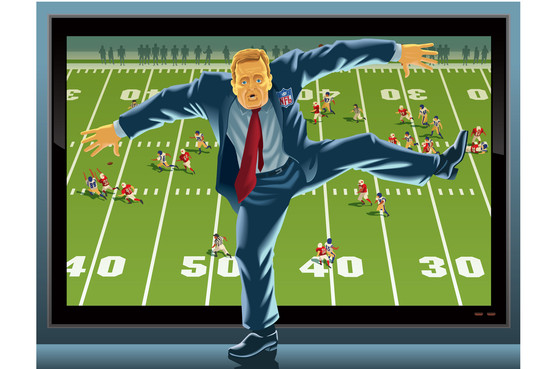- 1,994
- 29
- Joined
- Apr 19, 2006
https://www.surveymonkey.com/s/9FXQC3D
access to all-22 and endzone? rip to all other visual media in my life
access to all-22 and endzone? rip to all other visual media in my life
Follow along with the video below to see how to install our site as a web app on your home screen.

Note: this_feature_currently_requires_accessing_site_using_safari

The NFL doesn’t want “All-22″ game film — the “eye-in-the-sky
